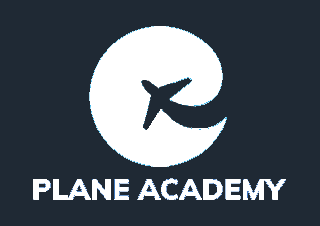MPL TO CPL CONVERSATION
If you have already completed an MPL and wish to transfer to a license that makes you more employable, you will need to complete the following. The CPL conversion is strictly only required if you want to fly single pilot commercially, otherwise their existing MPL is fine. Converting to CPL May help to get a multi-pilot job as it seems to be better respected/understood. The IR conversion is definitely ONLY required if you want to fly a single pilot under IFR. There is no point in converting the IR to a single pilot just to get a multi-crew jet job. It’s the LICENCE airlines care about, not rating. Wizzair confirmed this recently.
- A Multi-Engine Piston Rating (only required if you do not have one) – Not required unless you need to renew/revalidate your single pilot IR (if you even get a single pilot IR). Even then you could use a single pilot small jet type rating to reval/renew.
- Instrument Rating (IR) – training as necessary – single pilot IR: training as required (nothing like as onerous as the CBIR)
- Multi-Engine Commercial Pilot’s Licence (ME CPL) – full course – No need to do the CPL multi engine. And it’s just the short course (15hours, 5of which are on a complex type, normally PA-28, then Arrow)
The holder of an MPL may obtain the extra privileges of a CPL(A), provided that the requirements specified in FCL.325.A are met.
MPL holders in the UK have recently been advised not to complete expensive CPL conversion training in order to obtain flying jobs on multi-crew aircraft; they were rightly informed that the conversion course was never intended for this purpose. That said, the conversion training does enable pilots to apply to airlines that still don’t accept the MPL, so putting them on a level playing field with the traditionally licensed colleagues. While it seems unjust, especially when applying to airlines to fly the same aircraft you were flying competently pre-pandemic on your MPL, converting to a CPL may well boost your employability significantly. The hardest part is understanding the requirements and educating your selected training provider!
The above remarks are written on most MPLs and provide a great starting point for getting your head around the conversion rules. FCL.405.A(b)(2) provides a clear pathway to getting a CPL. FCL.405.A(c) provides a less clear pathway to getting a single pilot instrument rating (IR). After more than two months waiting for an answer to a question clarifying the vagueness of the phrase ‘completed the training necessary’, this IR pathway is now clear too. It is worth noting that full ATPL holders who have ‘unfrozen’ their MPLs are still subject to multi-crew limitations of the MPL due to FCL.505.A ATPL(A) – Restriction of privileges for pilots previously holding an MPL.
When the holder of an ATPL(A) has previously held only an MPL, the privileges of the licence shall be restricted to multi-pilot operations, unless the holder has complied with FCL.405.A(b)(2) and (c) for single-pilot operations.
The requirements mentioned above are in: FCL.405.A MPL – Privileges
(b) The holder of an MPL may obtain the extra privileges of:
(2) a CPL(A), provided that the requirements specified in FCL.325.A are met.
(c) The holder of an MPL shall have the privileges of his/her IR(A) limited to aeroplanes required to be operated with a co-pilot. The privileges of the IR(A) may be extended to single-pilot operations in aeroplanes, provided that the licence holder has completed the training necessary to act as PIC in single-pilot operations exercised solely by reference to instruments and passed the skill test of the IR(A) as a single-pilot.
FCL.325.A leads you to: CPL(A) – Specific conditions for MPL holders
Before exercising the privileges of a CPL(A), the holder of an MPL shall have completed in aeroplanes:
(a) 70 hours of flight time:
(1) as PIC; or
(2) made up of at least 10 hours as PIC and the additional flight time as PIC under supervision (PICUS). Of these 70 hours, 20 shall be of VFR cross-country flight time as PIC, or cross-country flight time made up of at least 10 hours as PIC and 10 hours as PICUS. This shall include a VFR cross country flight of at least 540 km (300 NM) in the course of which full-stop landings at two different aerodromes shall be flown as PIC;
(b) the elements of the CPL(A) modular course as specified in paragraphs 10(a) and 11 of Appendix 3, E to this Part; and
(c) the CPL(A) skill test, in accordance with FCL.320.
Note that it doesn’t mention 10(b), which means that they don’t require the night rating. Paragraphs 10(a) and 11 of Appendix 3, E lead you to:
10. (a) Applicants with a valid IR shall be given at least 15 hours of dual visual flight instruction.
11. At least 5 hours of the flight instruction shall be carried out in an aeroplane certificated for the carriage of at least 4 persons and have a variable pitch propeller and retractable landing gear.
This is just the normal 15 hour modular CPL course with a skills test booked through the CAA. Any CPL modular school can offer it. You can see there are generous reductions to the normal hours prerequisites for MPL holders, allowing PICUS (airline or non-airline) time to be used. Unless you happen to have previously completed a VFR 300nm qualifying cross-country (QXC) flight, you will need to do that too; note that airline flying doesn’t count in this case. The CPL conversion also helps you meet the prerequisites of the flight instructor rating. Reading FCL.915.FI you will notice that while PPL holders need 150 hours PIC, CPL holders do not. PICUS doesn’t count. The MPL isn’t mentioned (of course!)
